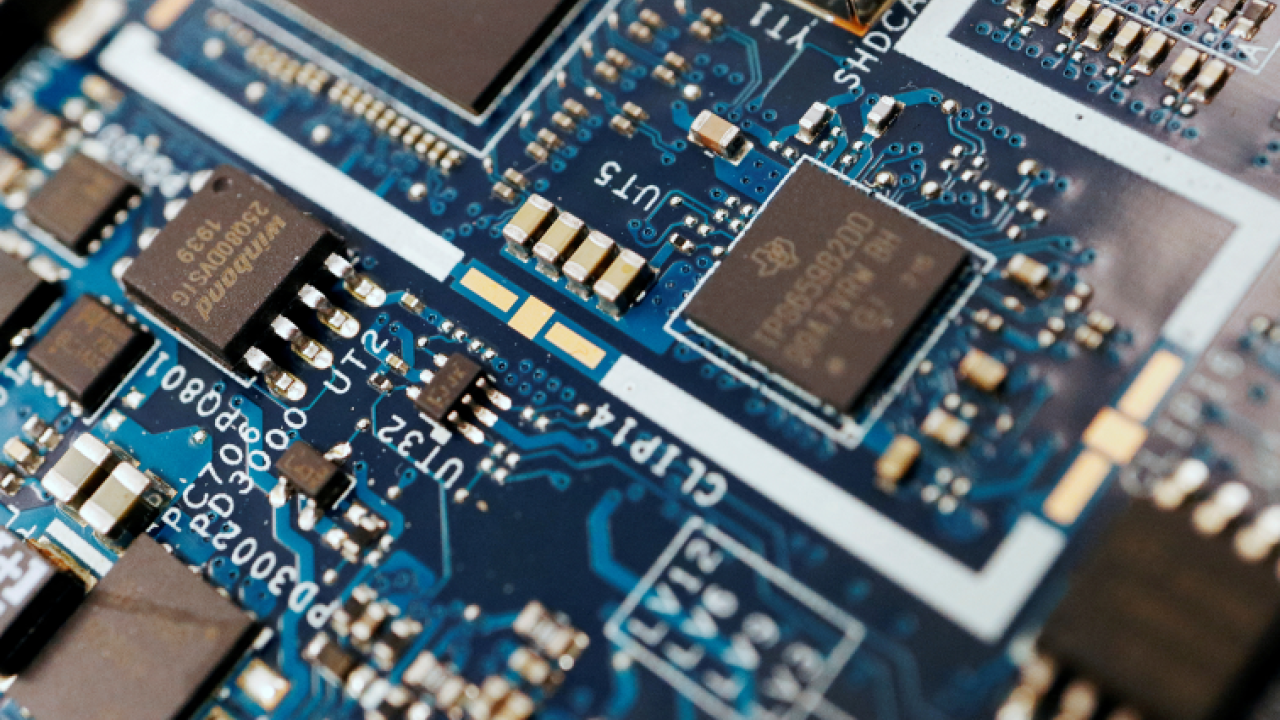
Malaysia is the leading supplier, followed by Taiwan, but in the last decade the ecosystem has been reconfigured, highlighting the exit of China and Costa Rica from the top 10 and the collapse of Japan.
Competition for semiconductor exports to the United States has intensified over the past decade, with Malaysia cutting shipments, Costa Rica and China dropping out of the top 10 and Japan falling from fifth to tenth place.
For its part, Mexico climbed from tenth to ninth place, with a cumulative increase of 72%, comparing the periods from January to August 2024 with 2014.
In the first eight months of 2024, Malaysia leads this ranking with US$8,238 million (a year-on-year decrease of 2.9 percent), followed by Taiwan (US$6,950 million, +27 percent), Vietnam (US$5,520 million, +30.9 percent), Thailand (US$3,504 million, -13.3 percent) and Israel (US$2,873 million, +118.8 percent).
A 2022 study by the Inter-American Development Bank (IDB) concluded that Mexico must continue its efforts to increase careers and programs related to the needs of the industry, public investment in research and development, investment subsidy programs, financing of anchor companies, and simplification of procedures.
For its part, the Mexico-United States Foundation for Science (Fumec) 2024 study proposes action plans in the areas of infrastructure, supply chain, workforce, innovation, entrepreneurship and sustainability for six key regions and five with potential in Mexico.
“All of these works agree that current policies are not sufficient for Mexico to grow a larger-scale global industry, and are ineffective in addressing the influence on direct investment in Design, Assembly, Packaging and Validation (ATP) currently exerted by Costa Rica, India, Poland, Malaysia, Singapore, Thailand and Vietnam,” highlights the Master Plan for the Development of the Semiconductor Industry in Mexico 2024-2030, prepared by the United States Embassy and the National Chamber of the Electronics, Telecommunications and Information Technology Industry (Canieti).
This group of countries has better tax conditions, subsidies and trade facilitation for semiconductor-related goods, the Plan adds.
“It is also a matter of concern that these countries surpass Mexico in the implementation rates of Artificial Intelligence, one of the main drivers of the semiconductor industry in the future,” he says.
Mexico currently has the most mature ecosystem for the electronics and semiconductor industry in Latin America, but the aforementioned studies warn that this privileged condition does not in itself guarantee greater participation in the global supply chain.
For example, recent industry growth is associated with the consolidation of what already exists (design, validation and integration), rather than a deepening of the ATP and the supply chain.
Last Wednesday, at a forum held in Ciudad Juárez, several investors from the United States and Mexico expressed their interest in promoting a boom in the semiconductor industry in Mexico.
A day later, Luis Rosendo Gutiérrez, Undersecretary of Foreign Trade of the Ministry of Economy, stated that the Ministries of Finance and Economy are designing an incentive program similar to what was done in the United States in the Inflation Reduction Act and the CHIPS Act to support the semiconductor chip industry.
The semiconductor industry in Mexico exports around US$4.9 billion annually and generates around 10,000 jobs.
In several cases, Asian incentive packages have already translated into concrete investments in ATP, putting pressure on the opportunity for Mexico.
The plan developed by the U.S. Embassy and Canieti sets the goals of doubling exports and employment in the semiconductor industry and relocating ATP operations worth more than $10 billion to Mexico.
BASE POTENTIAL
Carlos Rebellon, coordinator of the Mexico-United States Semiconductor Collaboration Forum, highlighted that semiconductor industry companies have accumulated assets in Mexico worth some US$40 billion and called on President Claudia Sheinbaum to promote this sector to turn the country into “a world-class player,” considering the opportunities that will arise in the short term.
Shirley Green, economic affairs officer at the U.S. Embassy in Mexico, explained that design, assembly, testing and conventional packaging are produced in Mexico, while advanced packaging and wafers are also manufactured in the United States.
The Master Plan assumes that the opportunity in semiconductors arises primarily from disruptions in the global supply chain.









